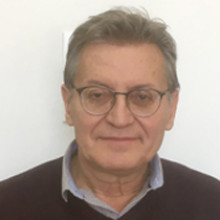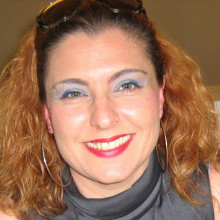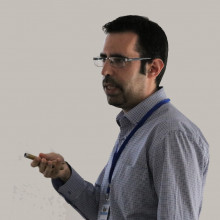The aim of this project is to bring together three winemaking enterprises (experienced in the production of particularly high quality products) and two research institutions (that possess the scientific knowledge) to apply the acquired know-how as an innovation to produce products with increased added value. In particular, the know-how of the Foundation for Research and Technology Hellas (FORTH) on optical analytical techniques and the experience of the Hellenic Mediterranean University (HMU) in wine production handling and the analysis of physicochemical characteristics for wine production is applied in the development of protocols and algorithms for recognition and monitoring of characteristic parameters of winemaking for selected varieties that lead to quality products.
For the development of the algorithms, a large number of samples from different stages of the vinification process (from harvest to bottling) are analysed by classical (chemical) and organoleptic methods (tasting) as well as by optical methods of analysis (eg UV-Vis, Raman, etc.) for different varieties and different winemaking operations. The results of chemical, organoleptic and optical analysis methods are related using statistical methods. Thus, various organoleptic characteristics (e.g. color, sweetness, flavor, acidity, etc.) are related to the chemical composition and spectral footprint of each wine by variety and wine-making operation, and algorithms are established on how the particular parameters per vinification and variety affect the quality of the final product. Essentially, a "roadmap" for the production of quality wine is created. By using these algorithms, the cooperating and other interested companies will be able to track the winemaking parameters that are of interest to them more easily and at a lower cost, to explore new winemaking protocols, to adapt the organoleptic characteristics of finished products to consumer requirements and generally to improve the quality of their products and thus increase their local and international market share.
In addition, natural antioxidants are tested as part of the project instead of sulfides currently used in order to produce functional wines without chemical additives with increased added value for the producer as well as the consumer.
Overall, the present project launches an industry and research partnership in the field of Agri-food, which will increase the added value of the wine sector in Greece and will improve its position as a winemaking country in Europe and internationally.
Principal Investigator
Technical Staff
Research Associates
Alumni
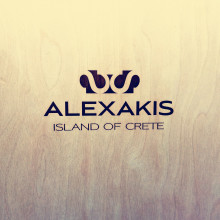
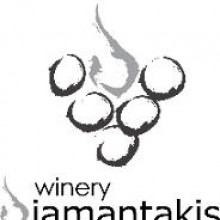
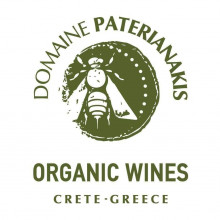
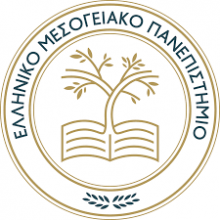
Funding



